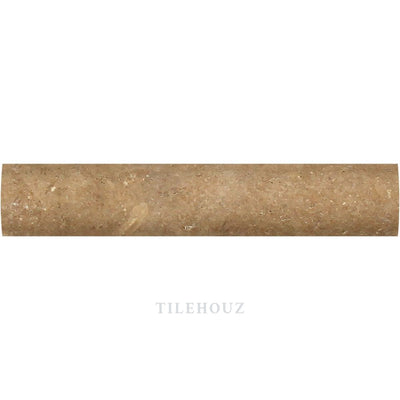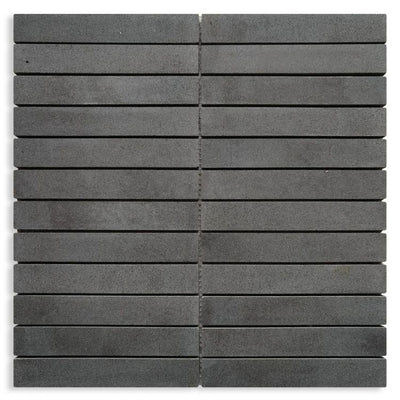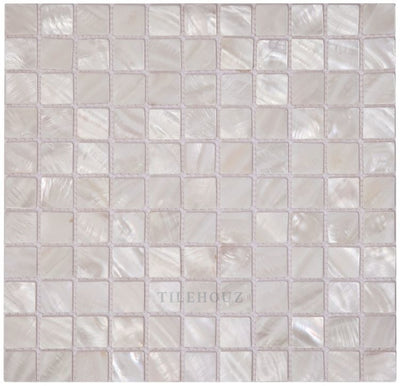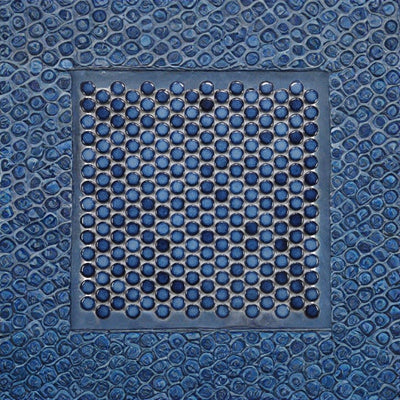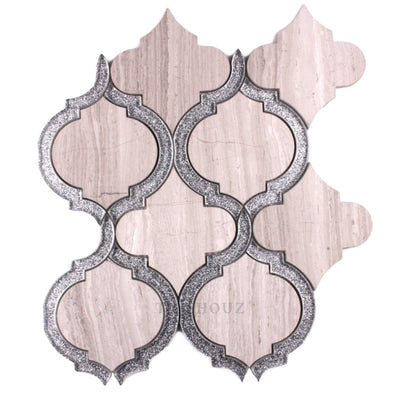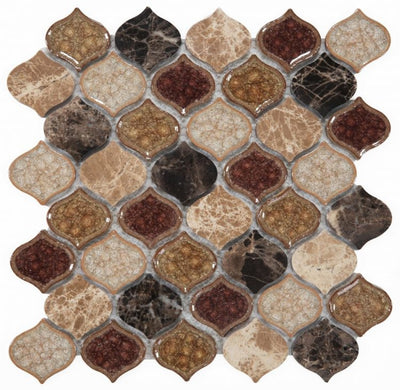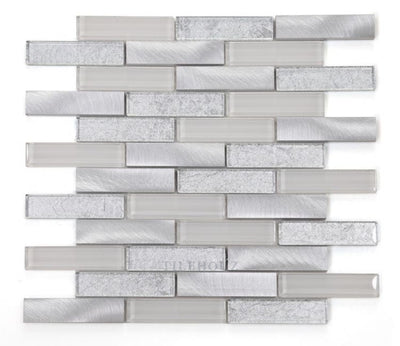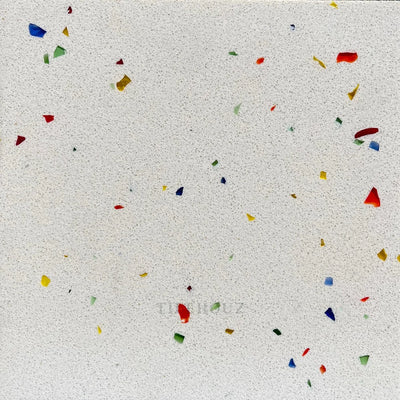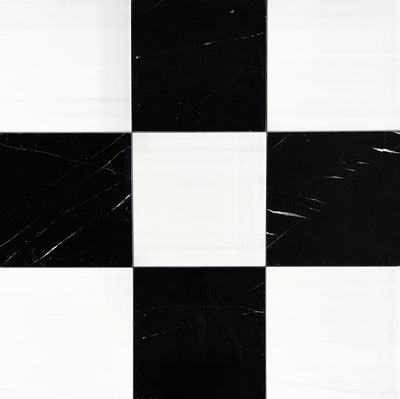How Do I Maintain Outdoor Tiles?
Maintaining outdoor tiles can seem daunting, but with the right approach, it can be a simple and rewarding task. Whether you’re dealing with stone, ceramic, or any other type of tiles, keeping them in top condition will not only enhance your outdoor space but also extend the life of the tiles. In this guide, we’ll walk you through the key steps for maintaining outdoor tiles, from regular cleaning to preventing damage.
Regular Cleaning
Regular cleaning is crucial to keeping your outdoor tiles looking fresh. Sweep away debris and use a mild detergent mixed with water for a thorough clean. Avoid harsh chemicals that could damage the tile surface. Begin by removing any loose material such as leaves, dirt, and twigs that have accumulated on the surface. Use a broom or leaf blower to clear the area before applying any cleaners or treatments.
Next, for a basic clean, a mixture of dishwashing liquid and water can work wonders. Combine warm water and dishwashing liquid, then scrub the tiles with a brush. Rinse thoroughly and allow the tiles to air dry. This method works well for routine cleaning of mildly dirty tiles caused by dust or foot traffic.
For deeper cleaning, more powerful solutions might be needed. Using a tile cleaner specifically designed for your type of tile can help remove stubborn stains. Follow the cleaner’s instructions and apply it to the affected areas. Agitate with a stiff-bristled brush, rinse thoroughly, and let the area dry completely. Regular cleaning not only keeps your tiles looking good but also maintains their structural integrity by eliminating harmful contaminants that might cause erosion and wear.
For ceramic and porcelain tiles, a pH-neutral cleaner is advisable. These resilient and long-lasting tiles are popular for their durability and minimal maintenance requirements. Follow the same basic cleaning steps, ensuring you use a cleaner that will not harm the tiles.
Removing Stains
Stains are inevitable but can be tackled efficiently. For organic stains like mold or algae, a mixture of water and vinegar works wonders. Apply the mixture, let it sit for a few minutes, then scrub with a brush and rinse thoroughly. For tougher stains, consider using a specialized tile cleaner or a baking soda paste.
For severe stains, a stronger solution might be necessary. Start by combining warm water and the tile cleaner in a 1:1 ratio. Apply the solution to the stain and let it sit for 10 to 15 minutes before scrubbing with a stiff-bristled brush. Repeat this process until the stain is removed, then rinse thoroughly with water.
Another powerful stain remover is oxygen bleach, which is both effective and non-toxic. Mix the oxygen bleach powder with water, pour the mixture over the tile and grout, and let it sit for about an hour. Scrub the grout with a firm brush before rinsing the area thoroughly. This method can help restore your tiles to their original appearance.
Preventing Mold and Mildew
Mold and mildew can not only make your tiles look unsightly but can also be a health hazard. Keep the area well-drained and exposed to sunlight to prevent mold and mildew growth. Removing organic debris and ensuring proper air circulation also help keep these issues at bay.
Use anti-mold solutions periodically to further reduce the risk of mold and mildew. These solutions can be easily applied and help preserve the aesthetic and structural integrity of your tiles. Regular inspections and prompt cleaning of affected areas can prevent mold and mildew from becoming a persistent problem.
Sealing the Tiles
Sealing outdoor tiles can provide an additional layer of protection against stains, moisture, and wear. Choose a high-quality sealant appropriate for your type of tile and follow the manufacturer’s instructions for application. Cleaning the tiles thoroughly before sealing promotes better adherence and longer-lasting results.
Apply sealant with a light brush or cloth, waiting at least two hours between coats. Allow the sealant to dry completely before resuming normal use of the area. Regular reapplication as recommended can extend the life and appearance of your outdoor tiles significantly.
Some tile types, like porcelain, may not require sealing due to their inherent durability. However, other materials such as stone, slate, or marble will benefit greatly from being sealed. Before sealing, ensure the tiles are entirely clean and dry to avoid trapping any dirt or moisture under the sealant.
Addressing Cracks and Chips
Inspect your outdoor tiles regularly for cracks and chips. Promptly address any damage using tile repair kits to prevent further deterioration. Ignoring such issues can lead to more significant damage over time, resulting in higher repair costs and a less appealing tile surface.
Different materials will require distinct methods of repair. For example, marble tiles need gentle treatment due to their soft, porous nature. Using the appropriate tools and techniques for each material can help maintain the tile’s integrity and appearance.
If the damage is extensive, consider replacing the affected tiles. Purchasing a few extra tiles at the time of installation can be helpful for future repairs. Matching dye lots and tile sizes ensures the replaced tiles blend seamlessly with the existing ones.
Keep Your Outdoor Tiles Pristine Year-Round
By following these straightforward steps, you can ensure your outdoor tiles remain in pristine condition year-round. Regular maintenance not only enhances the appearance of your outdoor space but also extends the longevity of the tiles, making it a worthwhile investment of your time and effort. Always remember that a little care goes a long way in preserving the beauty and functionality of your outdoor tiles.

